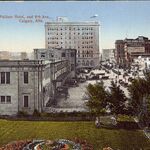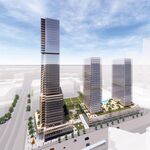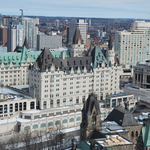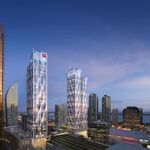As parking lots and vacant properties quickly vanish from the downtown cores of major global cities, property developers are increasingly being forced to look at plots of land that are already occupied by existing structures. Some of these structures may be historic in nature, or feature a built form in keeping with the general urban fabric of the neighbourhood. While municipalities often try to maintain these structures wherever possible, their preservation may prove to be financially impractical and unworkable for the developer and their plans for the site. In an attempt to assuage heritage preservationists, developers may institute a practice known as 'facadism', which refers to the preservation of only the facade of a building while a new erection is constructed behind and above it.
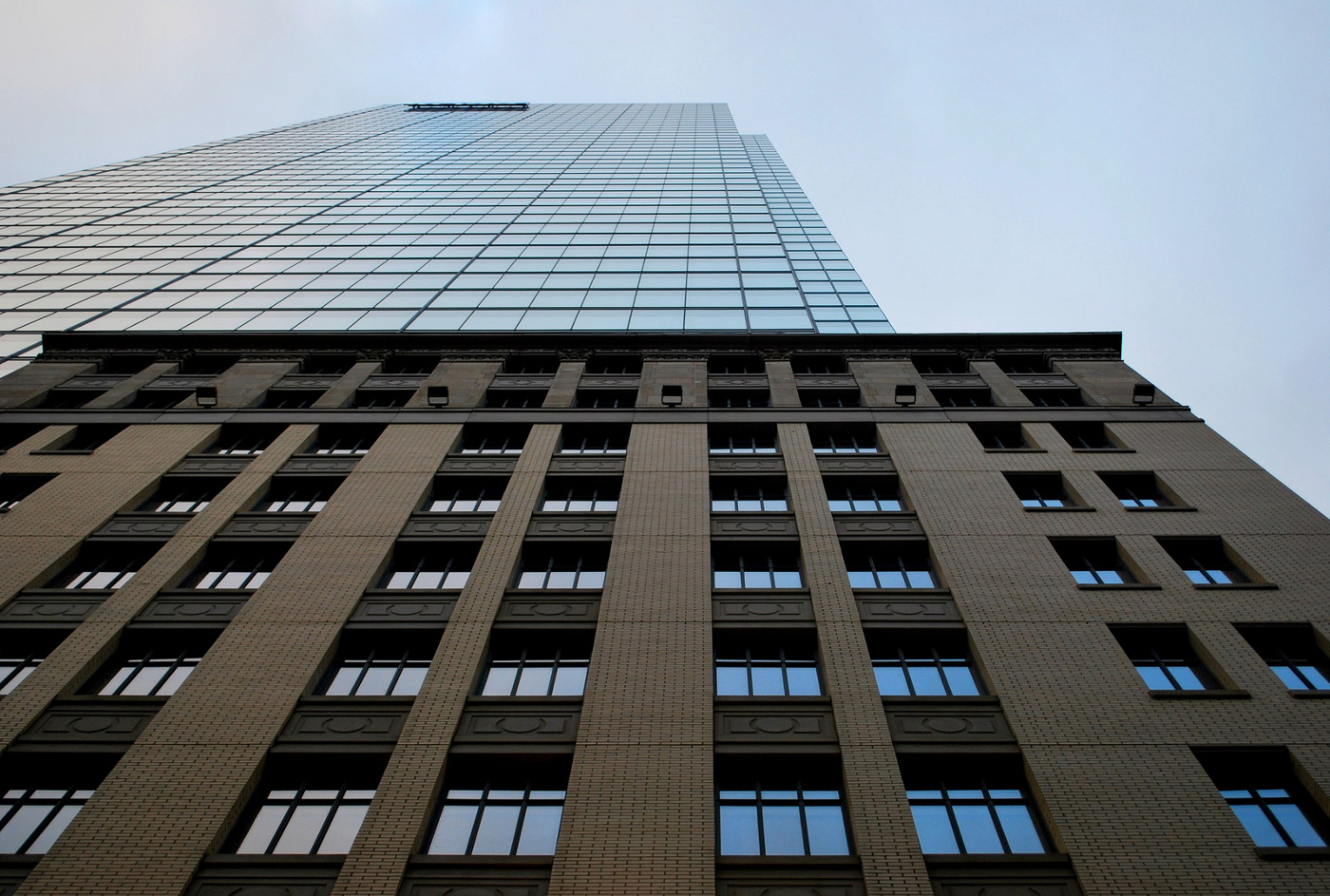 Toronto's Bay Adelaide Centre incorporates a historical building facade, image by Marcus Mitanis
Toronto's Bay Adelaide Centre incorporates a historical building facade, image by Marcus Mitanis
Developers may be required by law to retain the facades of existing historical structures on the property as a condition of development approval. This is often the case in cities like Toronto and Brisbane, but other municipalities around the world, including Paris, generally discourage the practice. The facades are typically kept for aesthetic reasons while their interiors are gutted or entirely repurposed.
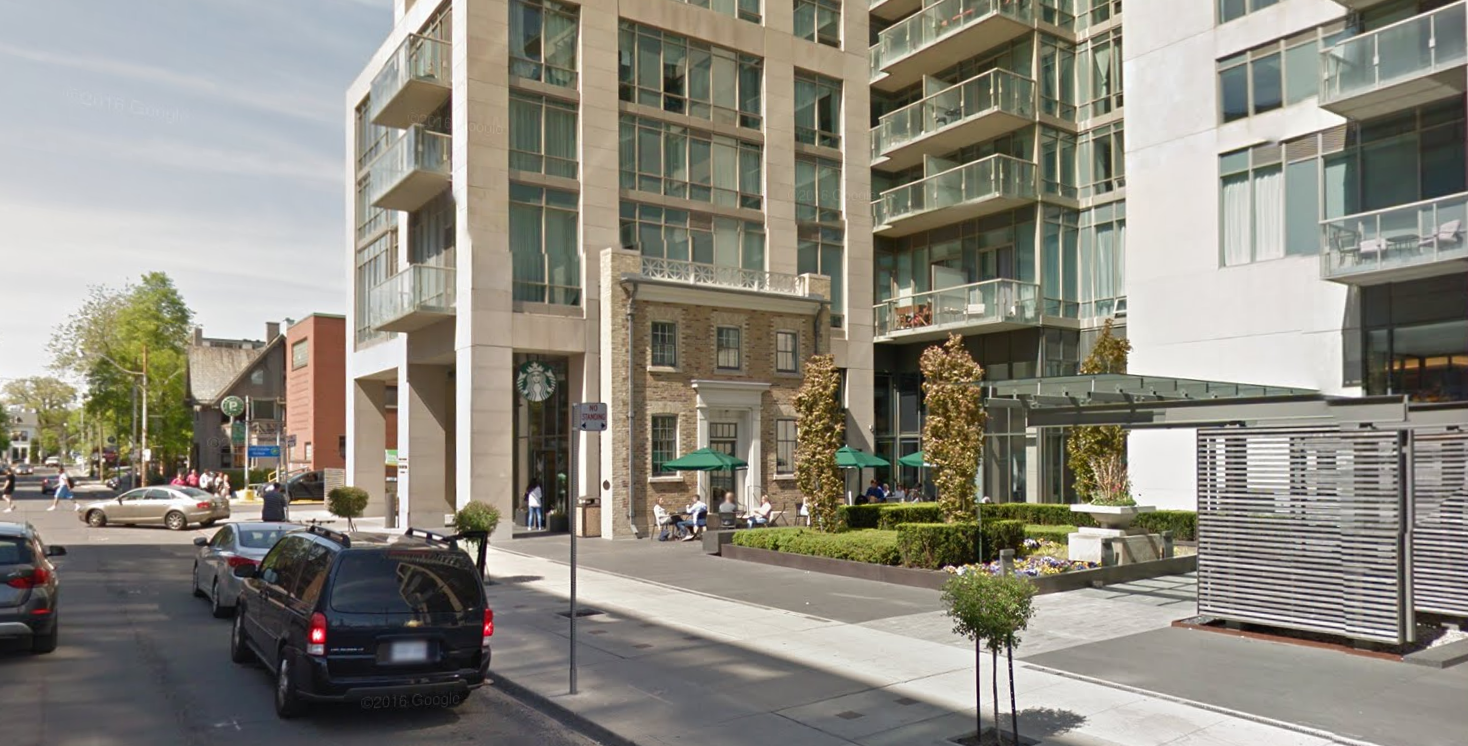 One Bedford is a Toronto condominium built around a former architectural studio, image retrieved from Google Street View
One Bedford is a Toronto condominium built around a former architectural studio, image retrieved from Google Street View
Facadism is often viewed as a compromise between the desires of developers and the local community. Heritage preservationists argue that the architectural integrity of the building is lost when only the facade is conserved, likening the exercise to urban vandalism. But as cities are faced with mounting development pressure, the urge to implement this partial preservation of buildings will likely only grow stronger.
Have any other construction and development terms that you would like to see featured on Explainer? Share your thoughts and questions in the comments section below.

 2.3K
2.3K 




















